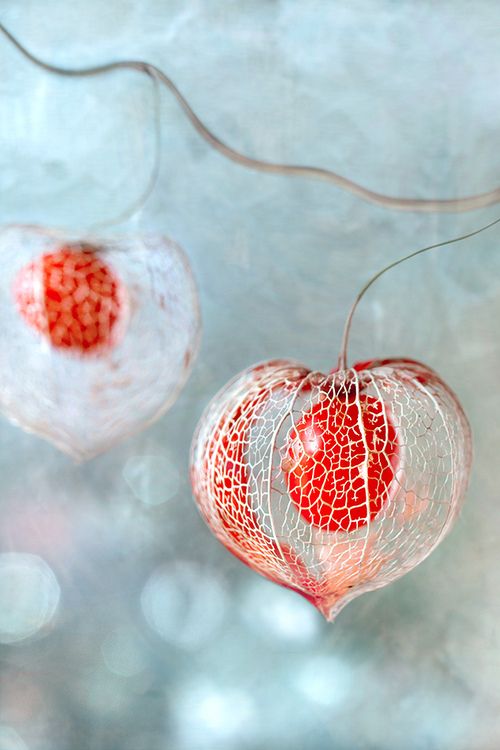Dear Integral Meditators,
What would happen if you brought your mindful attention to the way in which you currently give & receive? The article below offers a practical way of exploring this. It also suggests a way of deriving sustainable happiness & pleasure from both receiving & giving.
Toby

When receiving is giving and giving is receiving
When we give to receive:
Quite often the reason we give to others or act to benefit them is because it makes us feel good or better about ourselves. If there is something that we feel is broken inside us we can almost look to our acts of generosity as a way of gaining some form of redemption. The fact that we are consciously or unconsciously looking to gain something from our act of giving in this way does not invalidate the act, but it makes us aware of two things:
- Acts of giving can be as much acts of the ego as any other type of action in our life.
- Acts of giving are also acts of receiving; by giving to another we receive certain healthy feelings as a “payback”. For example we may feel good about ourselves and/or taking our mind away from the difficulties in our life.
On giving when we receive:
If you are the sort of person who finds it easy to give in the above way, you may also find yourself not allowing others to give to you. Your way of gaining the love and acceptance of others is through giving, so when others act to give to you, there may be a certain resistance to “receiving” their act of giving. For example, you may feel uncomfortable to be the receiver of, let’s say kindness, consideration or pleasure, rather than the giver of it.
You know how much joy you can feel when you give to others. So, if you think about it, one of the greatest acts of giving that you can provide for others is by learning to receive their acts of kindness and giving toward you with grace and acceptance. By receiving the generosity of others in this way we set up a sustainable cycle of giving and receiving love in our life. This provides a sustainable source of happiness for both ourselves and for others.
A suggested practicum:
For the next week try and do one act of receiving, and one act of giving each day.
- When you practice receiving, do it gracefully, recognizing that your very act of receiving in this way is an act of giving to the other person.
- When you practice giving, recognize that this is an act where you benefit as much as the receiver. Extend appreciation for the service that the other person is providing you as the recipient. Also, welcome and enjoy the good feelings that arise in you from your own act of giving, have fun!
© Toby Ouvry 2017, you are welcome to use or share this article, but please cite Toby as the source and include reference to his website www.tobyouvry.com
Upcoming Courses at Integral Meditation Asia
Ongoing on Wednesday’s, 7.30-8.30pm – Wednesday Meditation Classes at Basic Essence with Toby
Ongoing on Tuesday evenings, 7.30-8.30pm – Tuesday Meditation Classes at One Heart with Toby (East coast)
Beginning 14th&15th November – Mastering your mind & thoughts through mindfulness – A five-week course
Saturday November 25th 10am-4pm – Mini ME Retreat #2 : Mindful Eating + Reiki Sound Bath with Tiffany Wee & Elaine Yang
Integral Meditation Asia
Online Courses * 1:1 Coaching * Books * Live Workshops * Corporate Mindfulness Training *Life-Coaching * Meditation Technology









